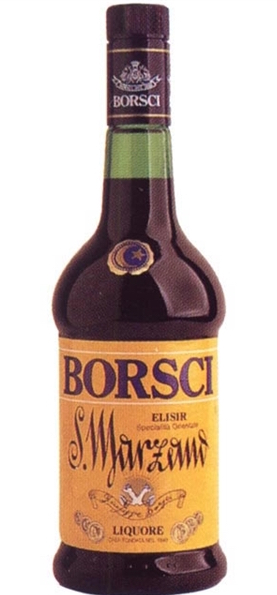Here are two scents I don’t want in my wine glass: window cleaner and vinegar. Why these two scents? Well, it’s a long story.
Over many years of writing about wine, I have composed a lot of wine tasting notes. Many are in a collection of dog-eared and notebooks on a shelf in my office, and hundreds of others are in computer files that I can easily reference years later. And then, well, I still find some of them scribbled on scraps of paper that have been lost in old briefcases and satchels, and I shudder to think how many I forgot in shirt pockets only to find them transformed into confetti by my washing machine. I continue scribbling notes about wine because I find the act of writing down my impressions helps me to focus better on what I liked and didn’t like about a specific wine. For me, the process of writing is an integral part of the process of tasting.
 Lyn enthusiastically “tasting” wine [Photo: Lyn Farmer]
Lyn enthusiastically “tasting” wine [Photo: Lyn Farmer] I write these notes primarily for myself, and many of them are later shared in articles and blog posts. Thus, a wine note has a dual purpose: to provide some memory triggers for myself and to convey a sense of “being there” for others. What happens when “being there” leaves you wondering, “being where?” I do look back on some of my notes and realize it could have been clearer, or my references could have been more precise, but how precise do we really need to be?
At the moment of tasting, it may be enough to think “I like this wine” or, “I don’t care for this,” but it does help to leave a clue or two about why it is so satisfying or unpleasant. How specific do we need to be? I wondered this after reading a tasting note in Wine Enthusiast magazine about Borsci Elisir San Marzano Liquore, an amaro, a bitter liqueur usually consumed as a digestive after the meal. I was intrigued since this elisir (elixir) is a bitter from San Marzano, home to what are generally considered the greatest tomatoes in Italy, the tomatoes that, must by law, be used in the classic pizza Napoletana. Did this spirit have tomatoes in it? Apparently not, but the review in Wine Enthusiast left me in a daze, wondering if the writer intended for me to avoid this product altogether, or if the taster was so enraptured that, in an effort to be crystal clear, determined to drill down to the molecular level of flavor and aromatics. Whatever the reason, I have to say this note did not make me want to share this amaro. Instead, it left me wondering how the writer even knew what most of these things smelled like. Here is the note:

A digestif from Italy, that may (or may not) smell like vinegar and asphalt. [Photo: Borsci San Marzano]
“The nosing … [reveals] scents of rubber inner tube, burning paper, window cleaner, vinegar, asphalt and moss. Entry is delectably bittersweet, coffee bean-like, tar-like, even a touch cocoa-like; the moderately sweet mid-palate stage highlights cigar tobacco, cigar wrapper, prunes, figs and black raisins. Finishes pleasantly bittersweet, pruny/fruity and plump.” Generally, the smell of vinegar (to be chemically correct, the smell of acetic acid) is considered a bacterial fault in wine, and I can’t imagine window cleaner heralds anything appealing in this glass, either. Those are the two aromas that stopped me in my tracks (which I suppose means I found nothing alarming about asphalt and moss in my glass). There is an interesting lesson here for every wine drinker: make notes and be specific but let’s not get carried away!
